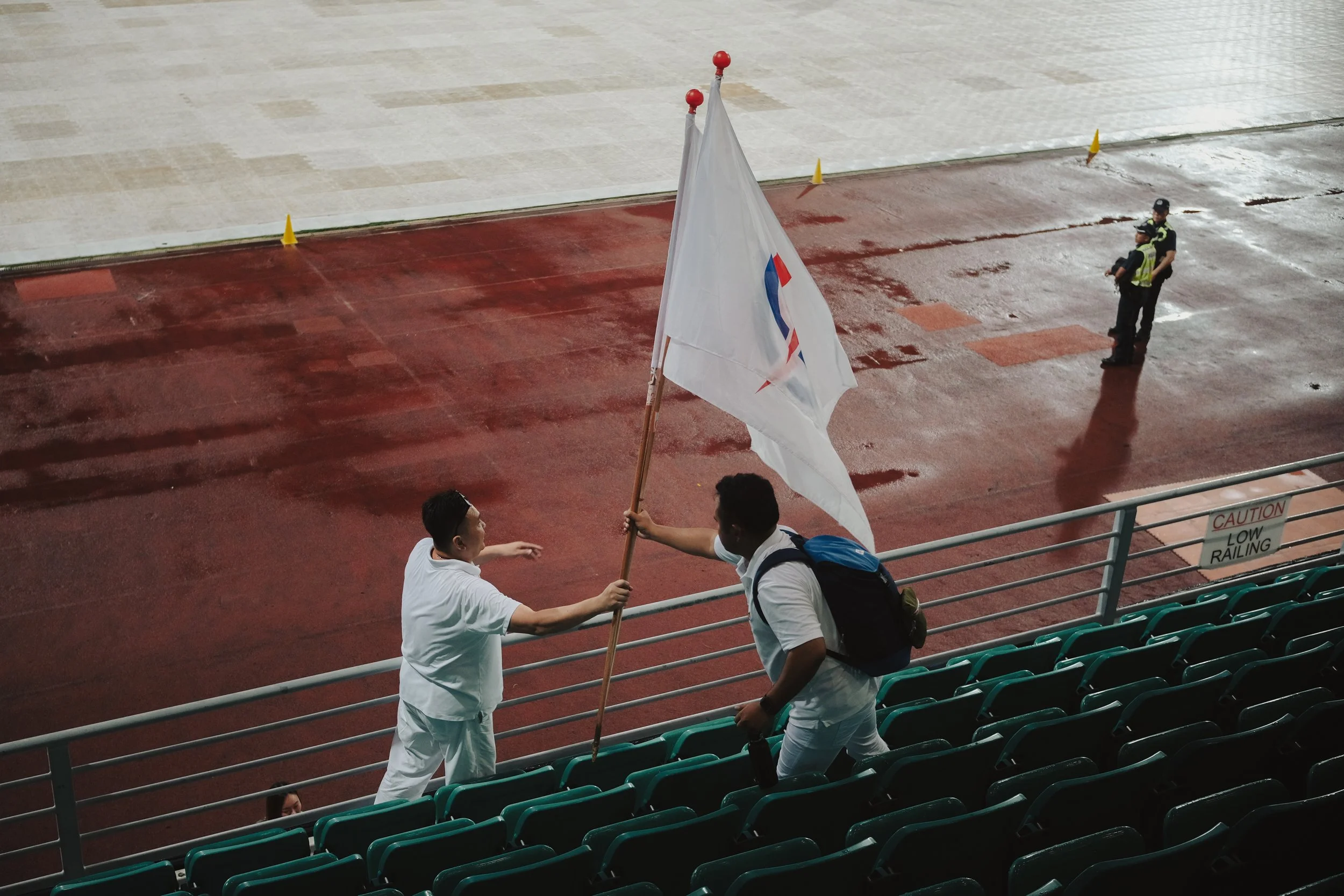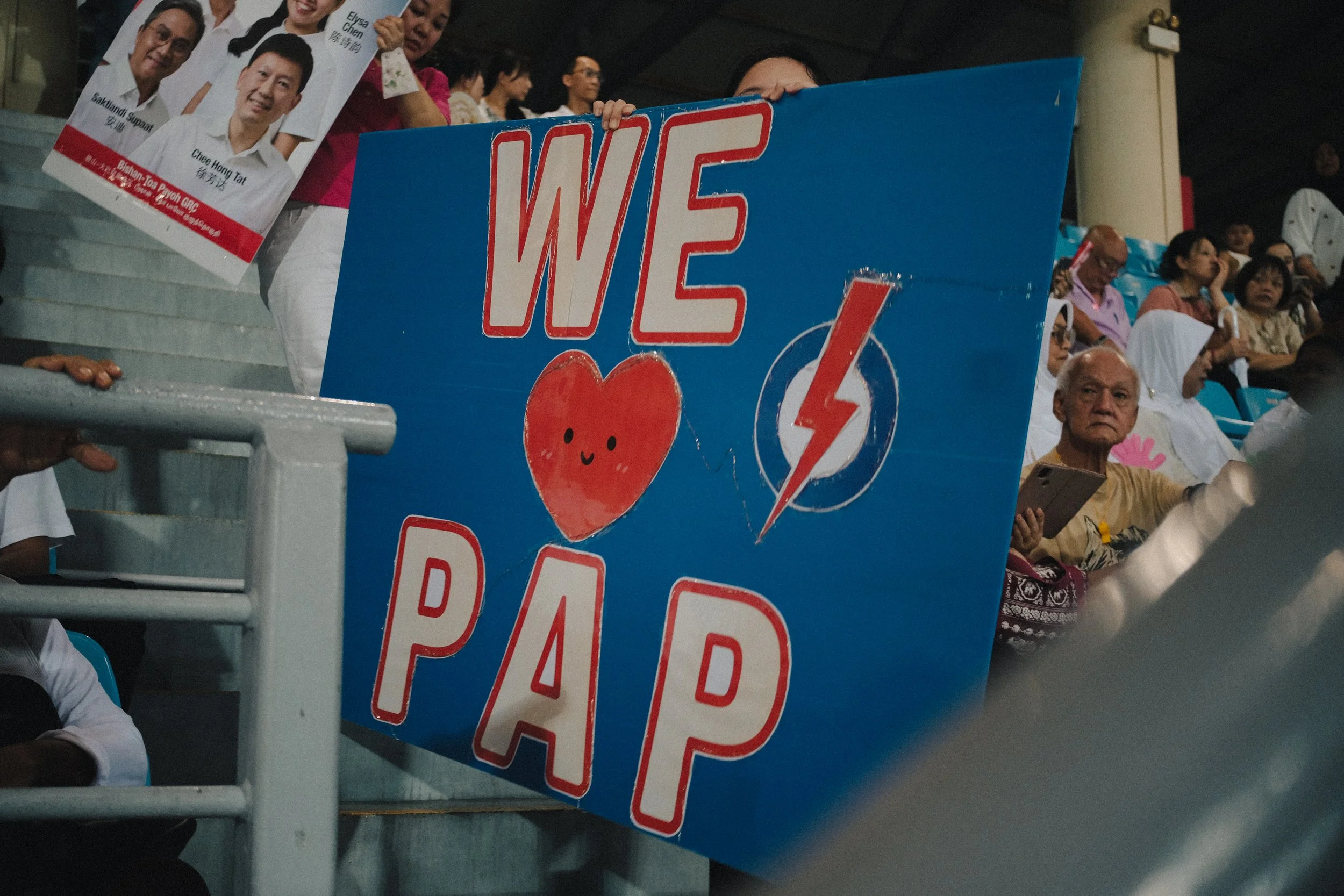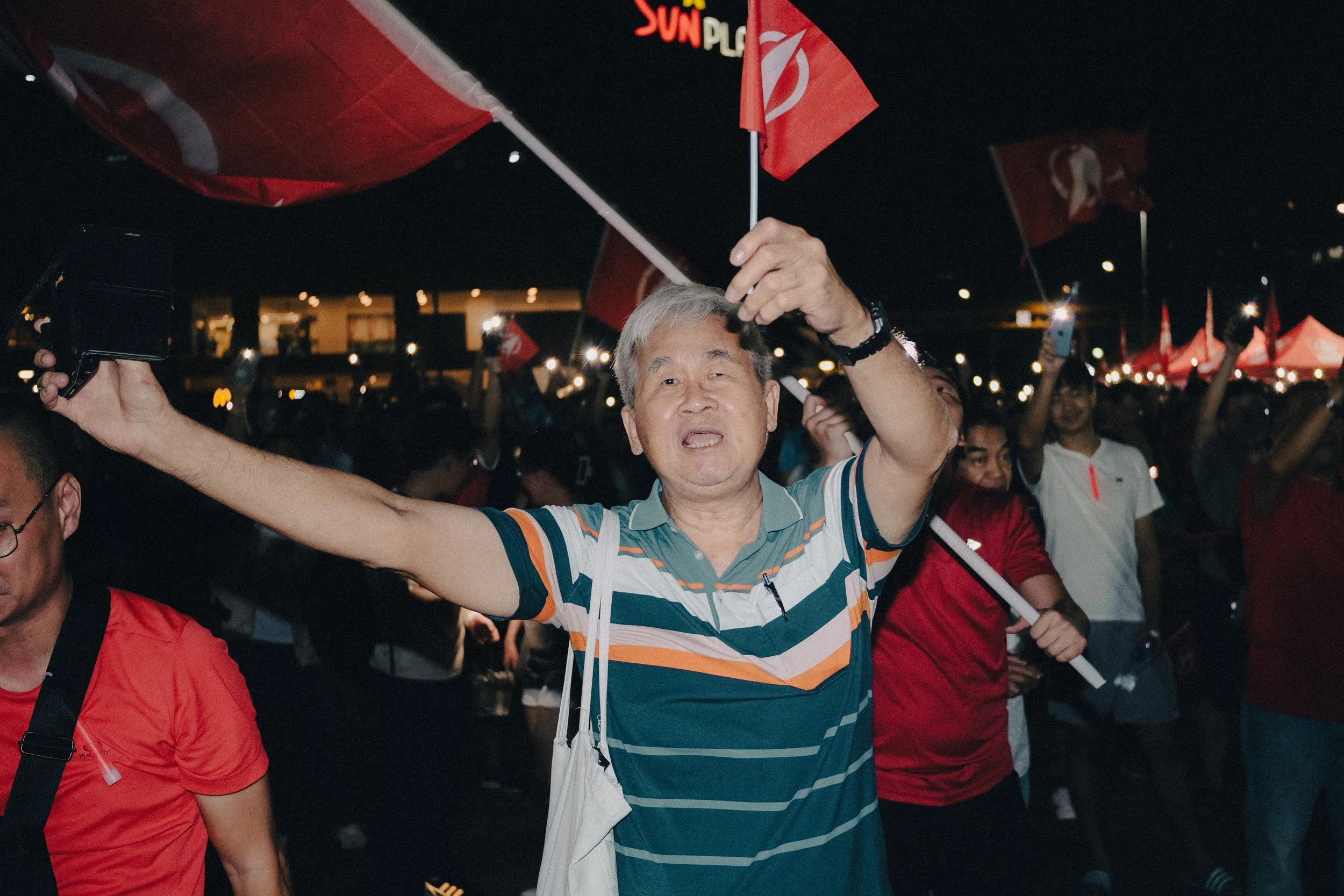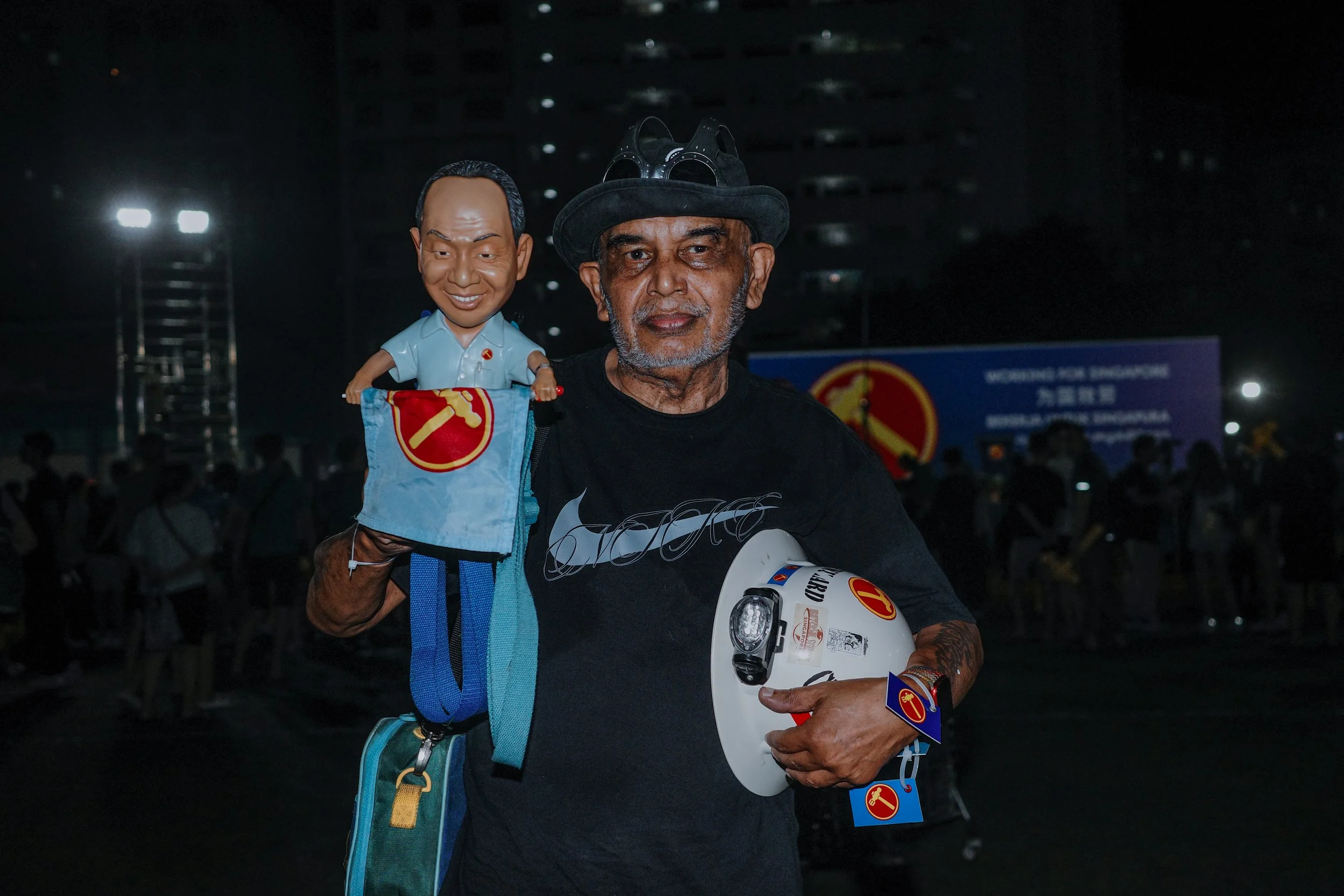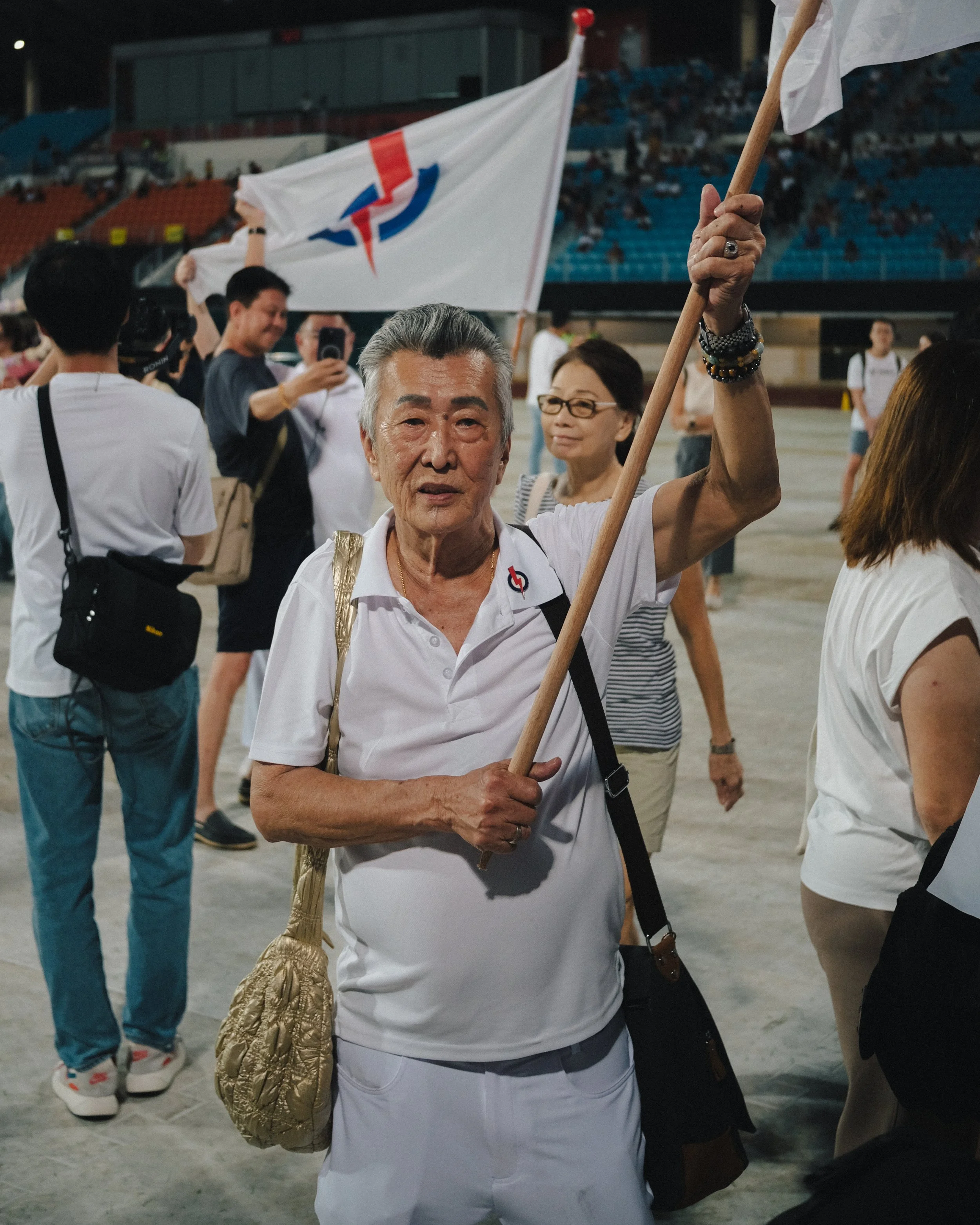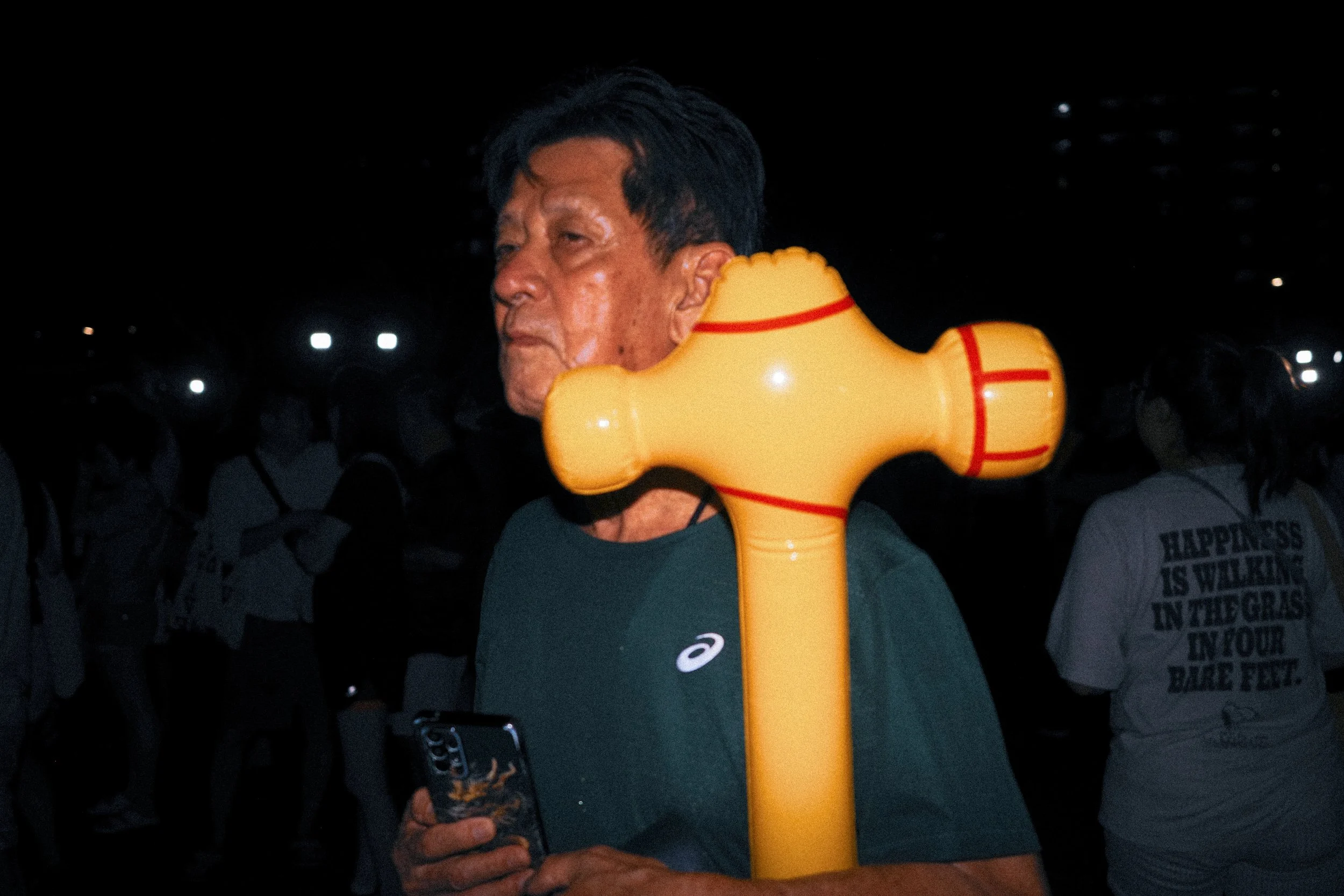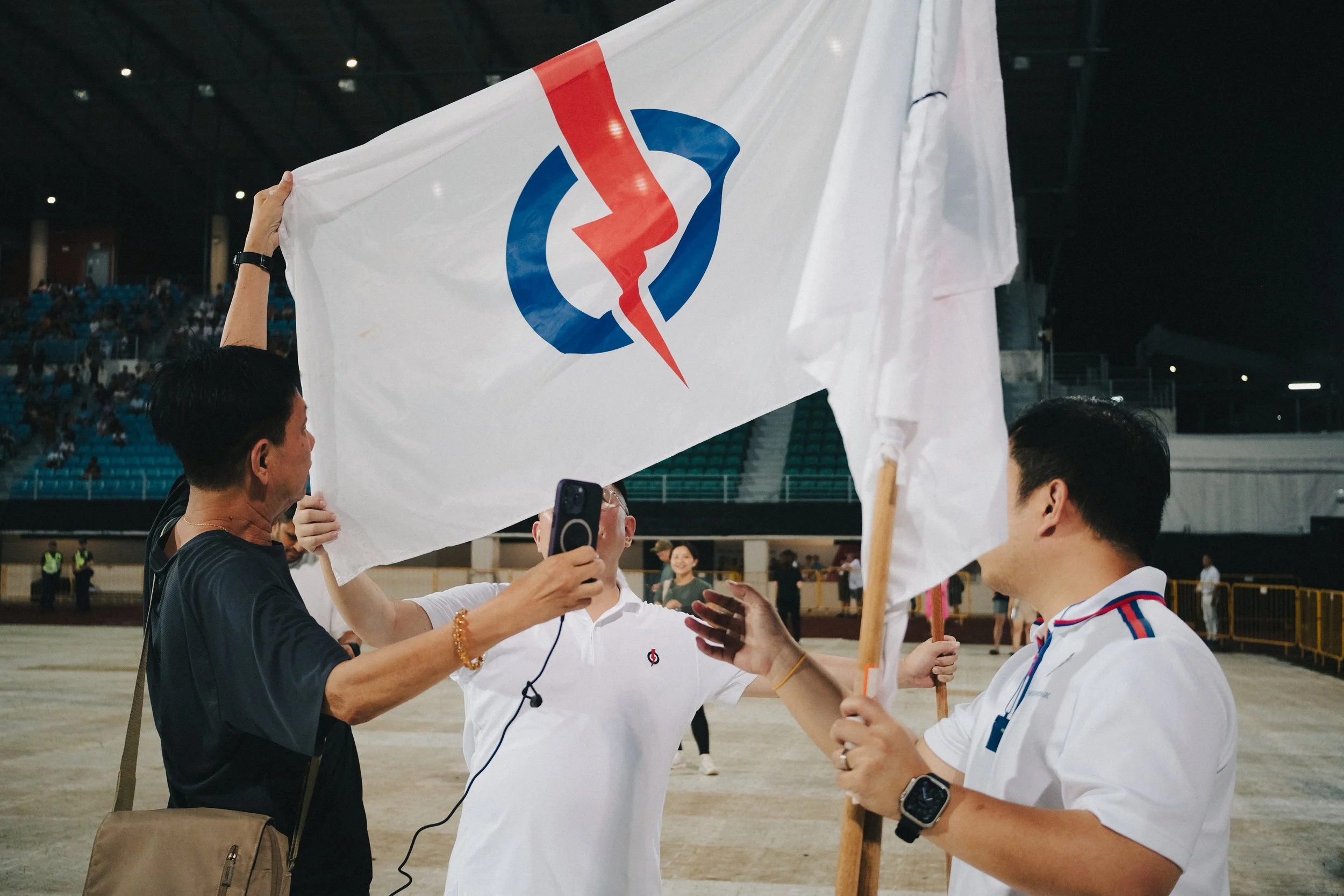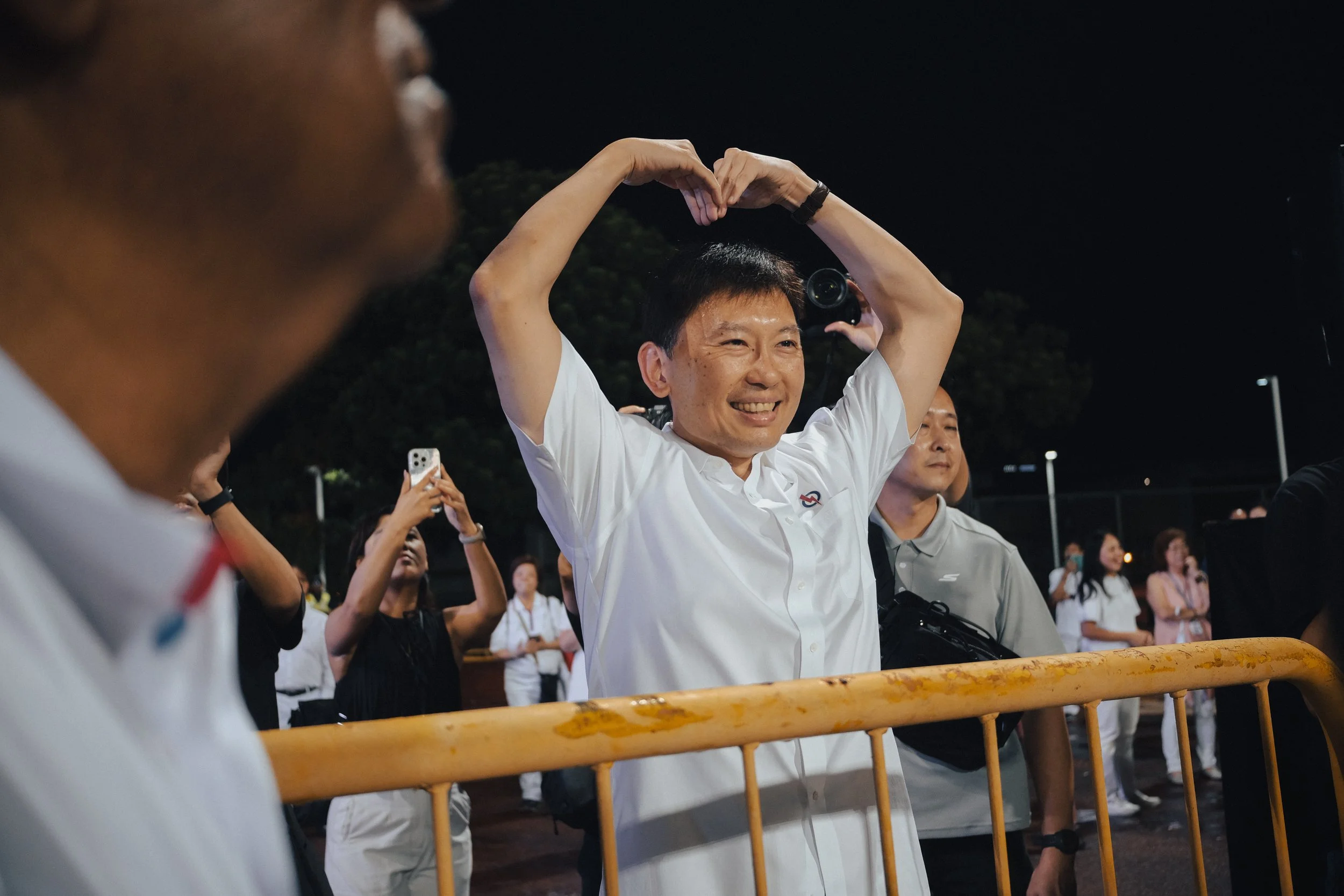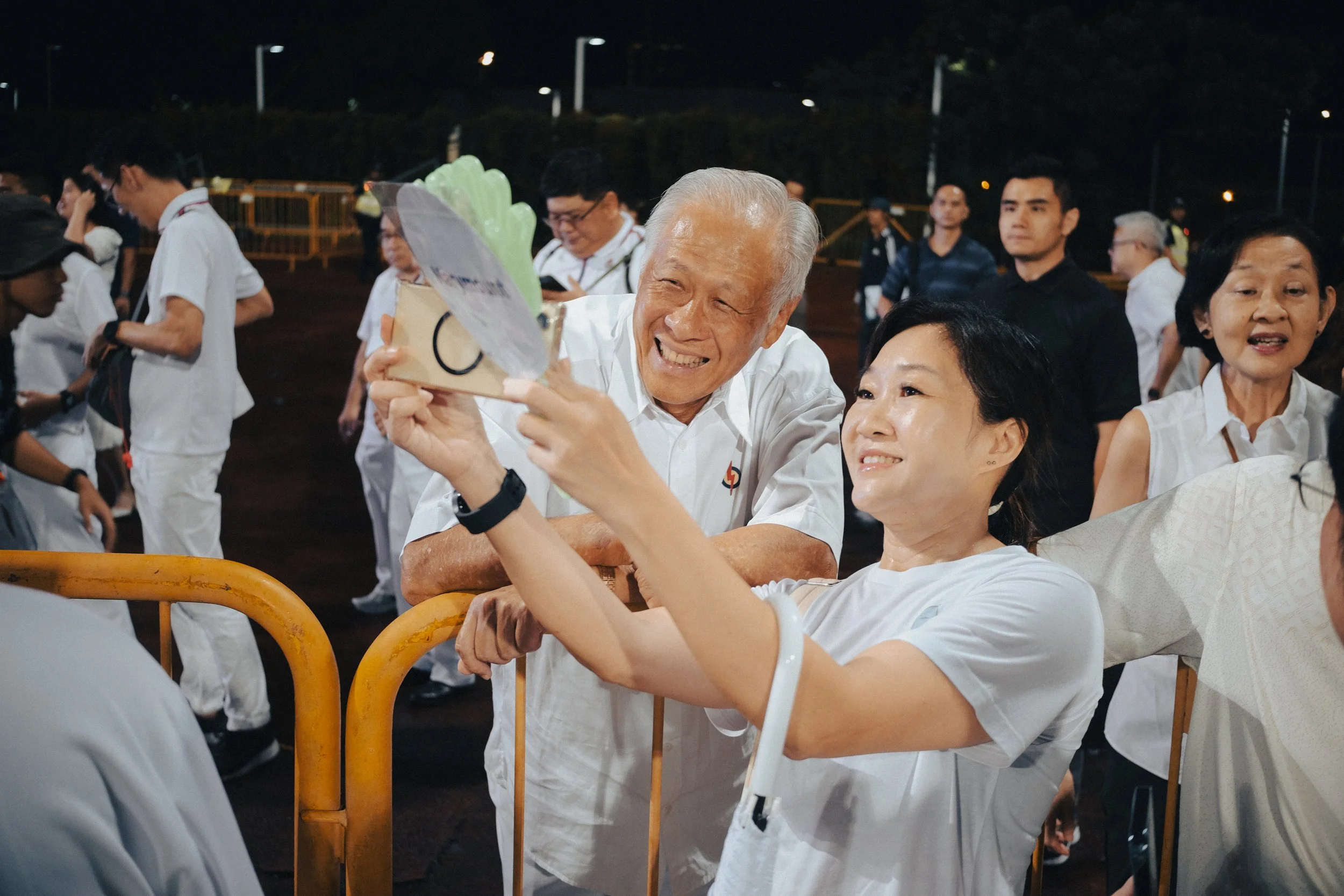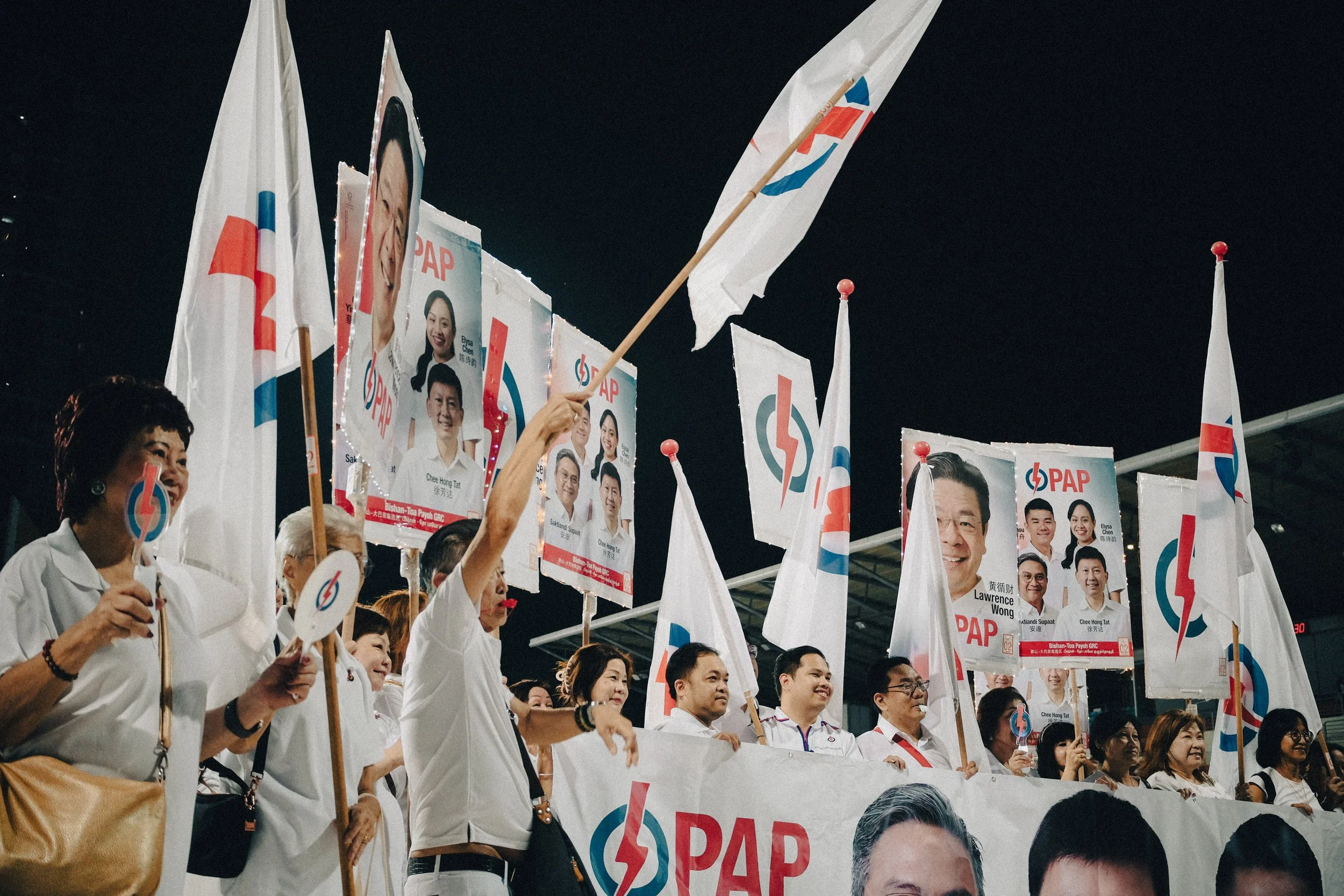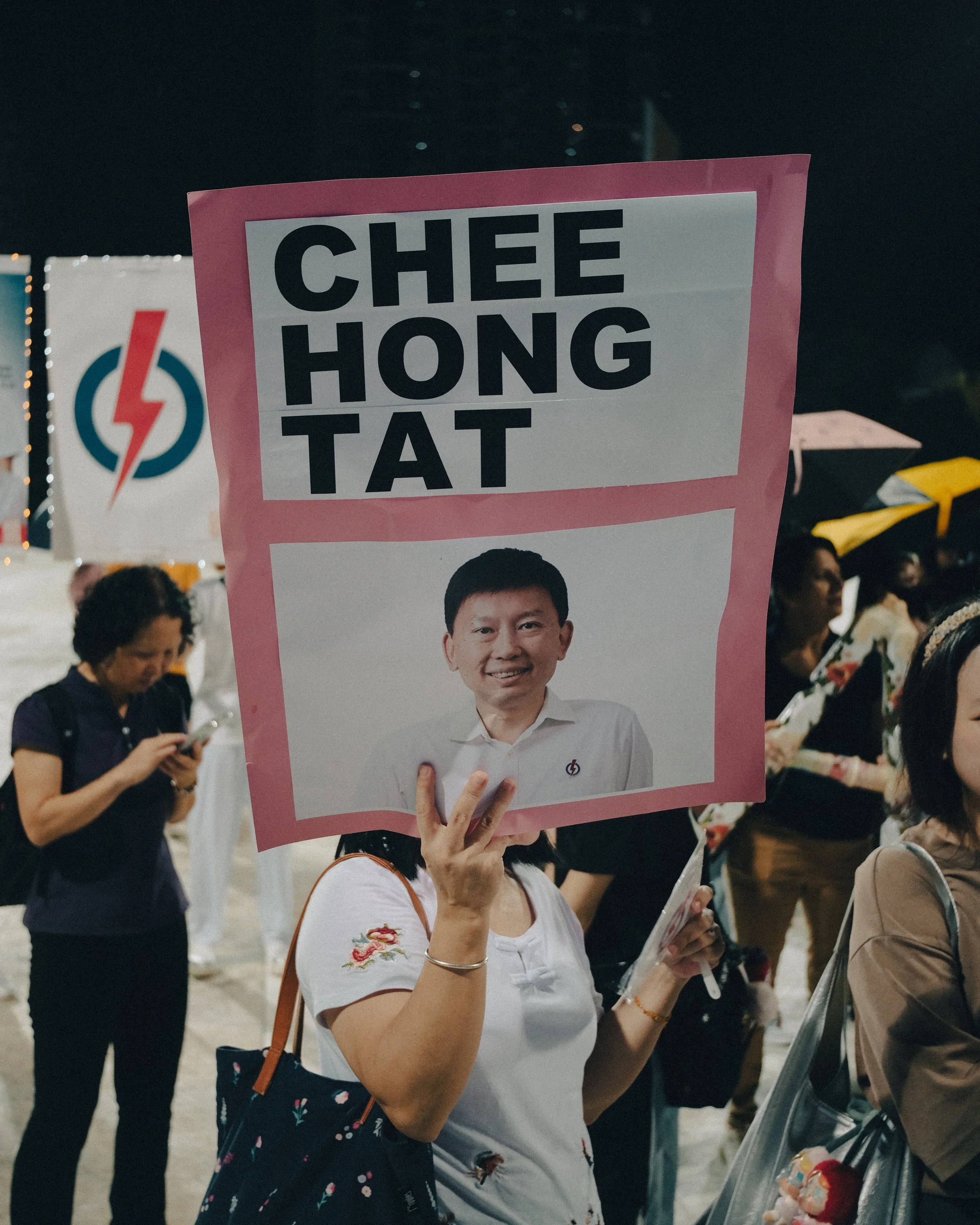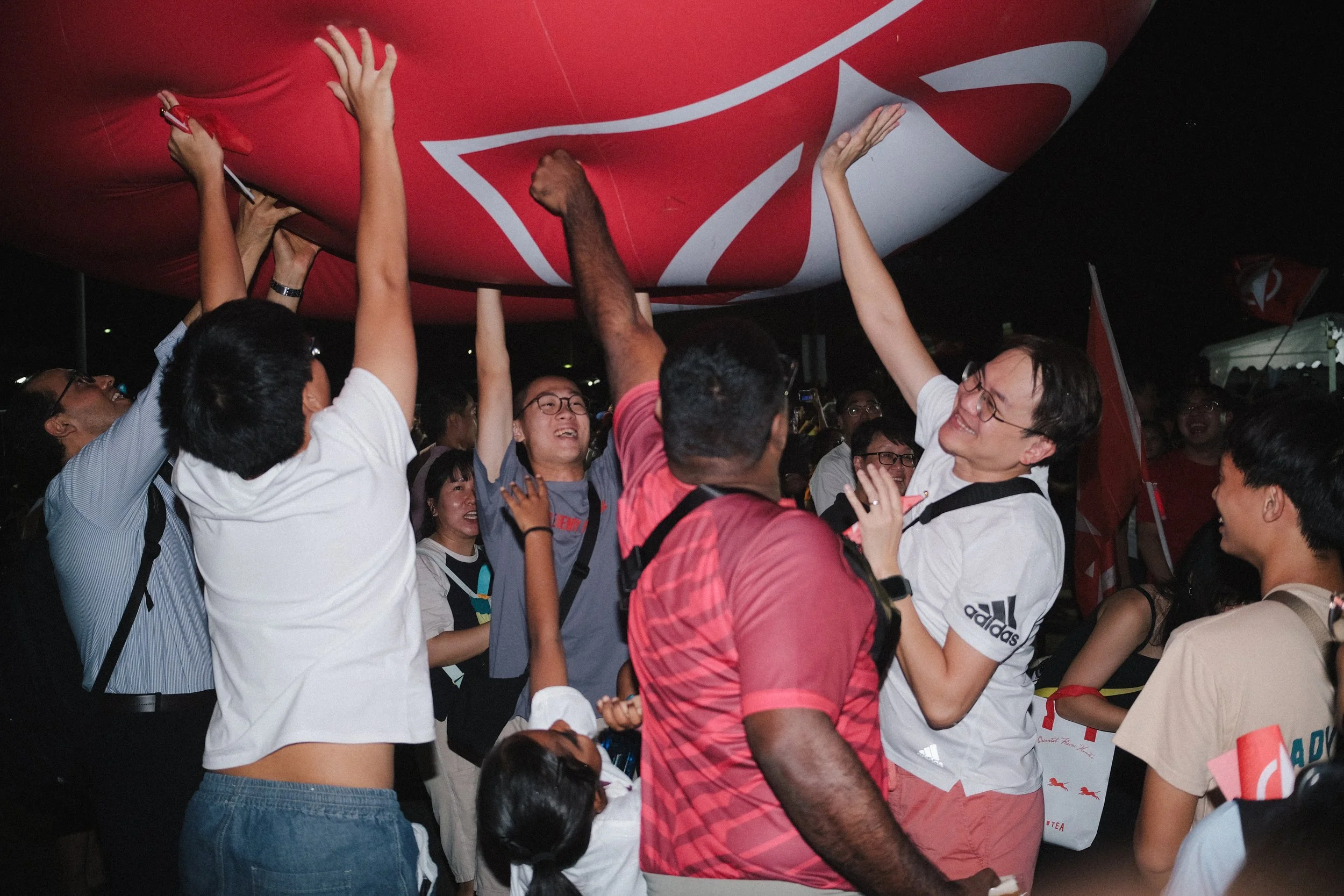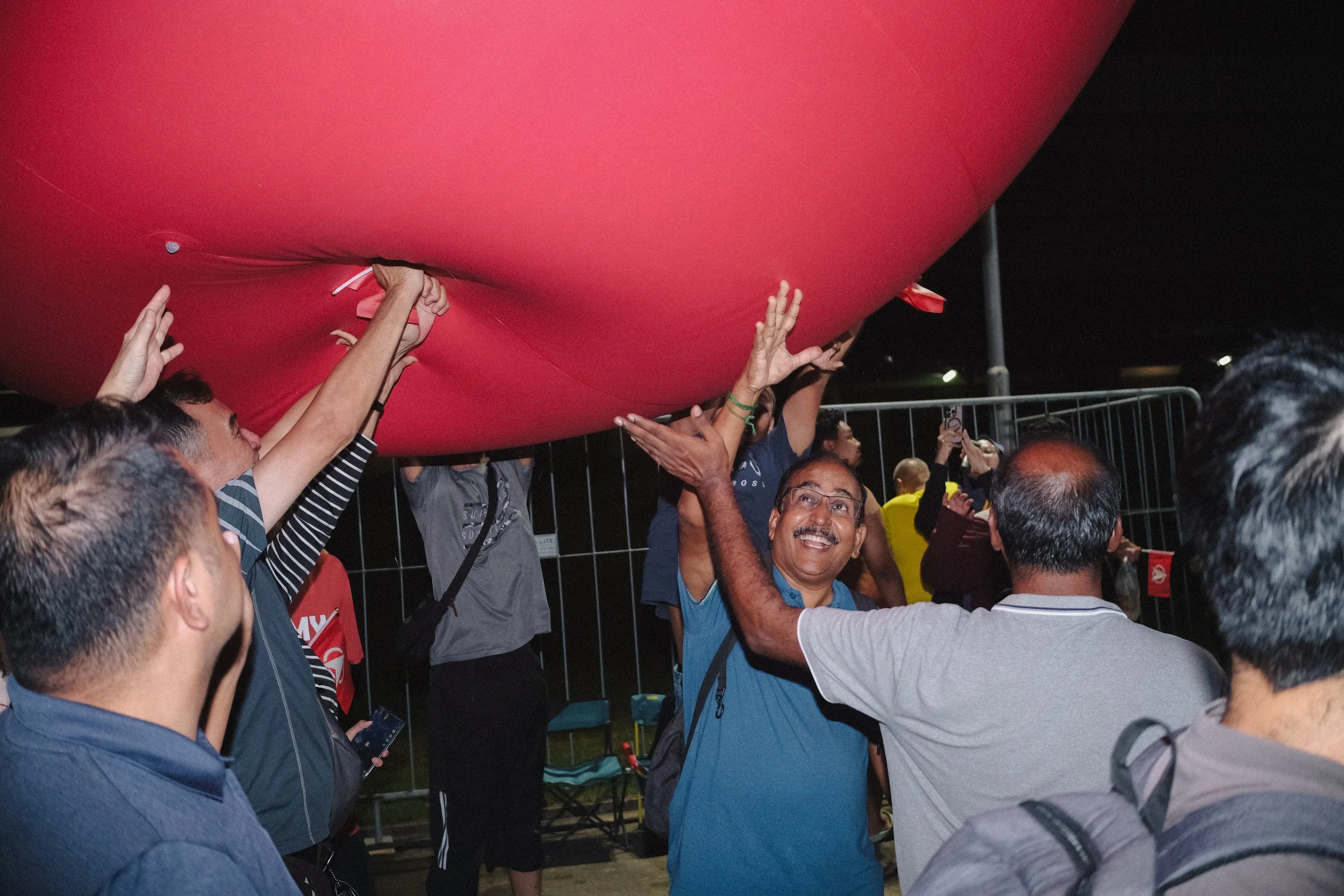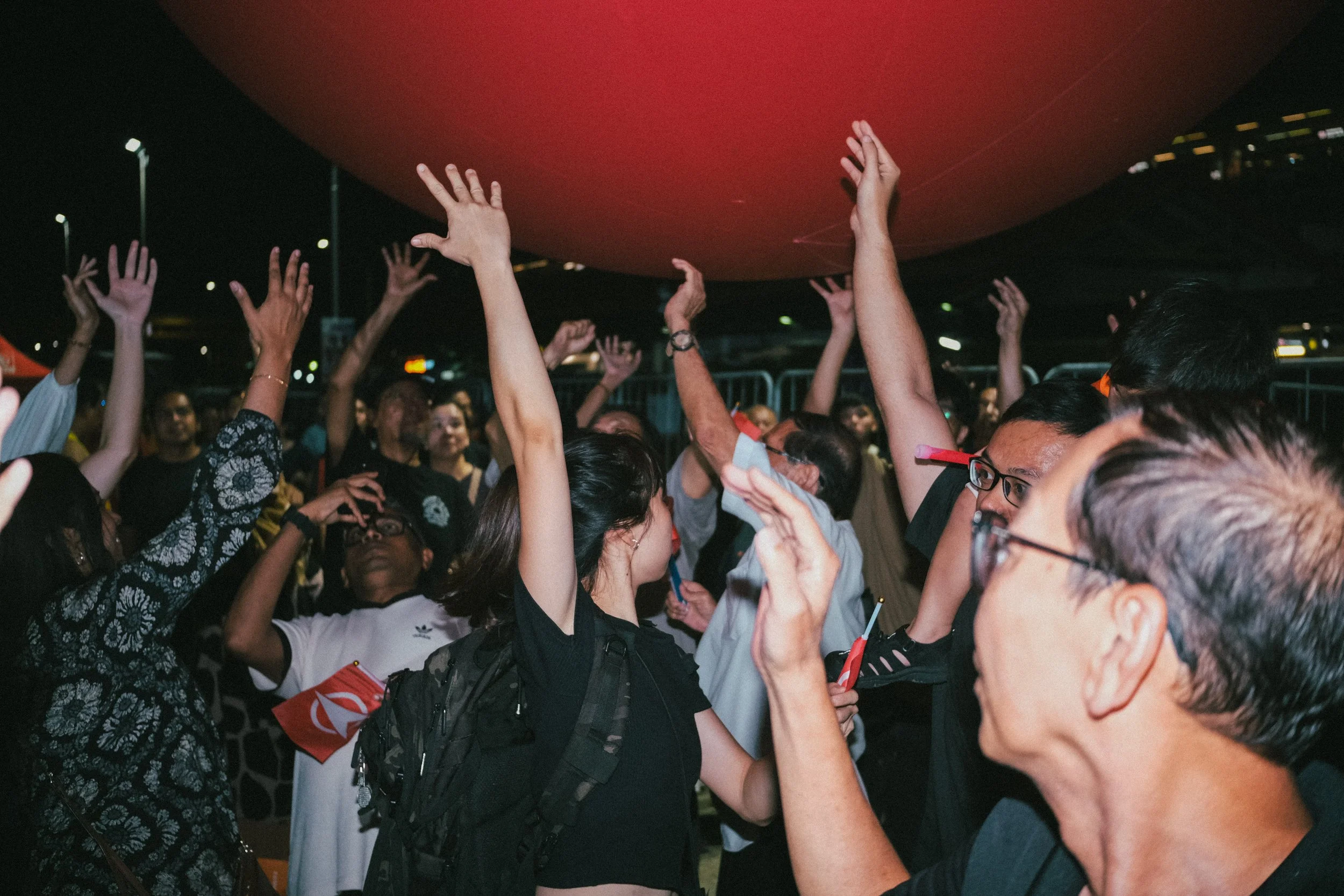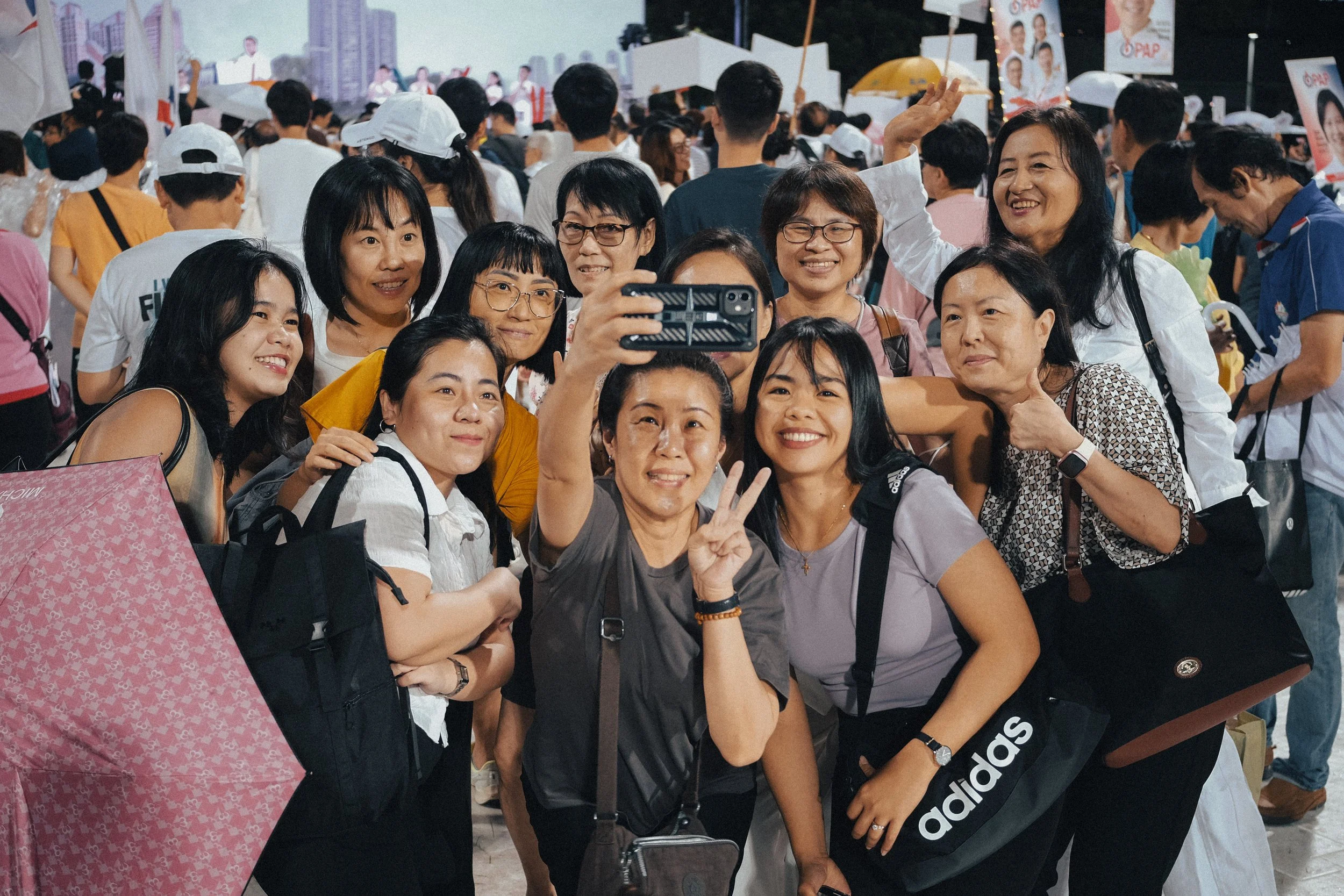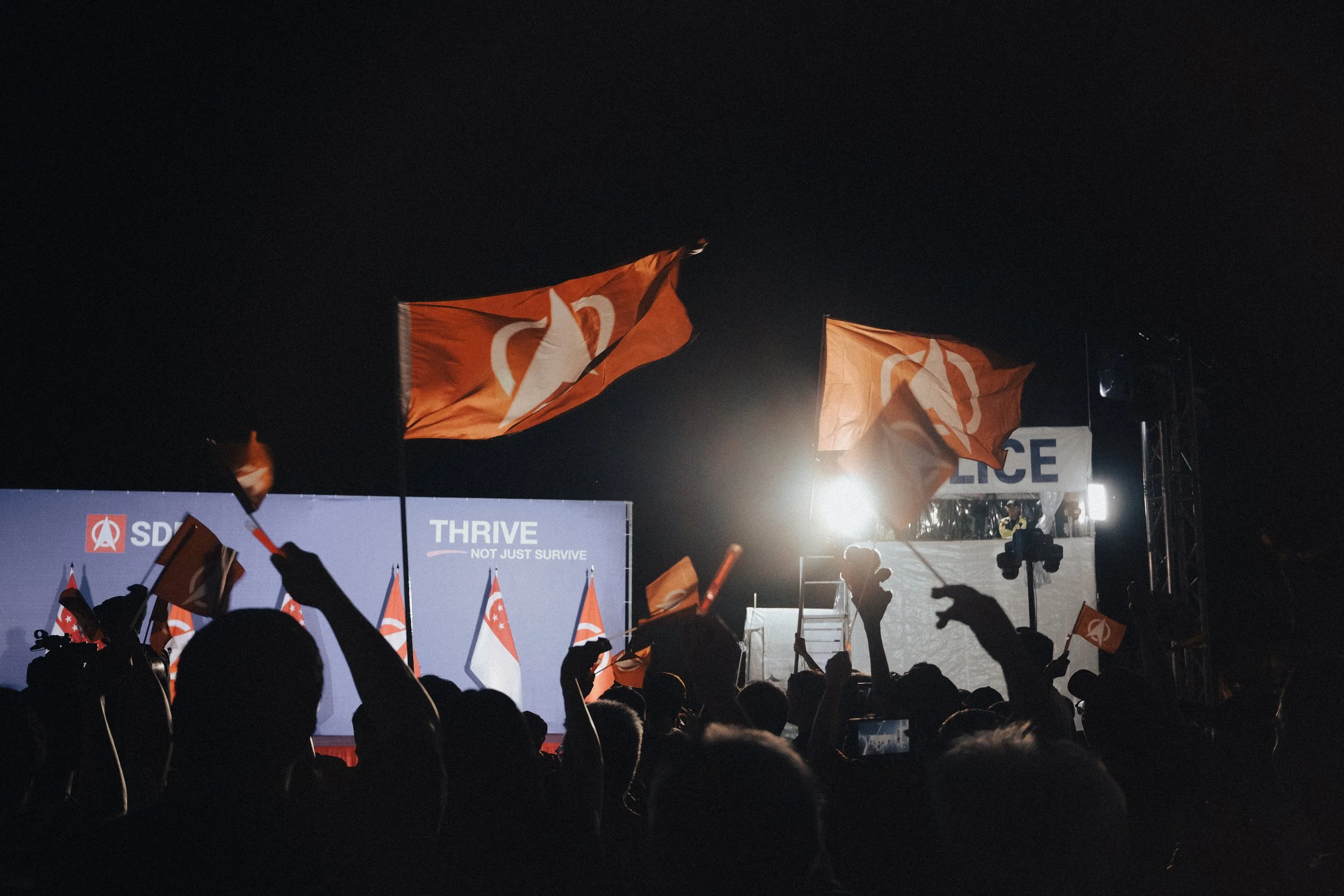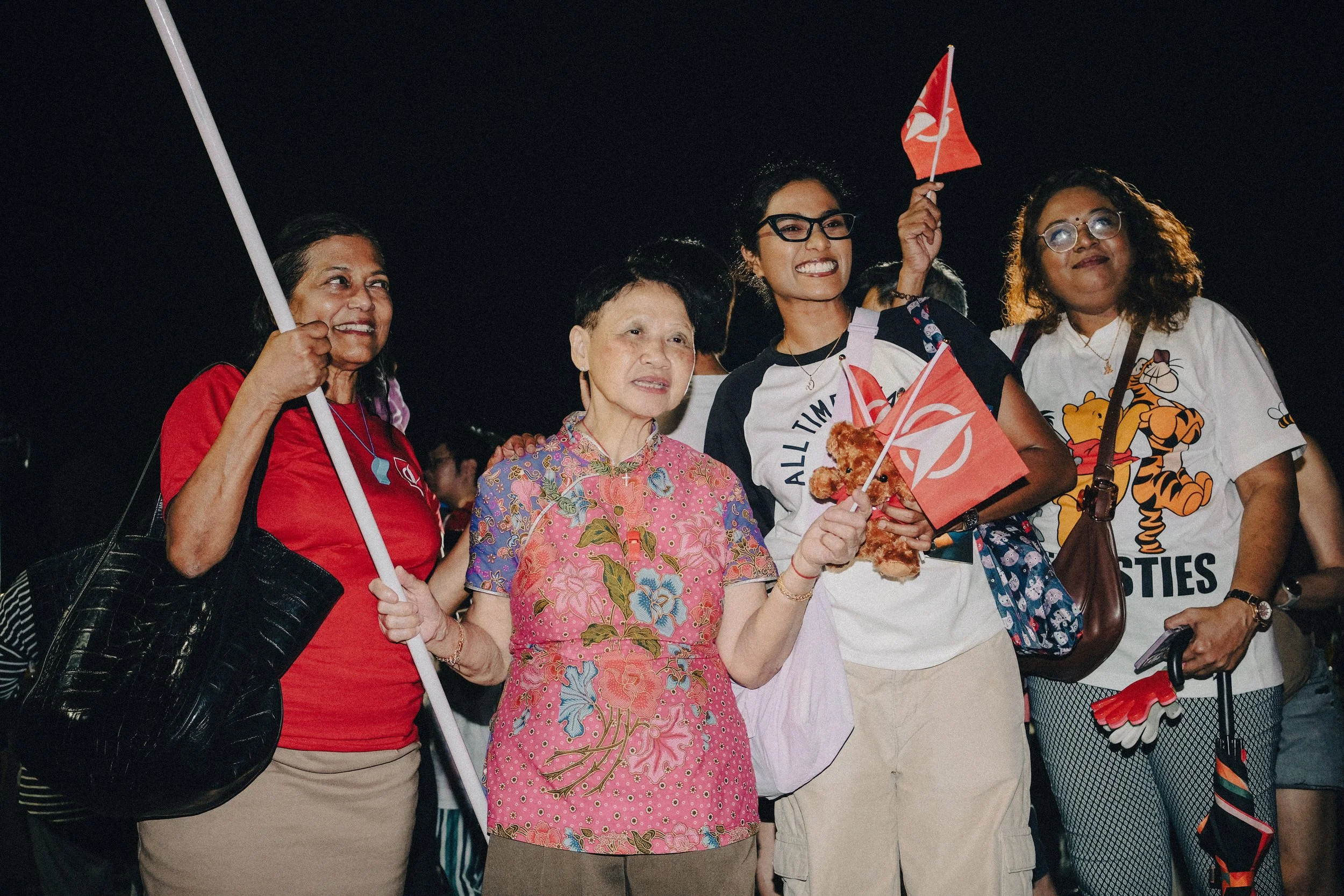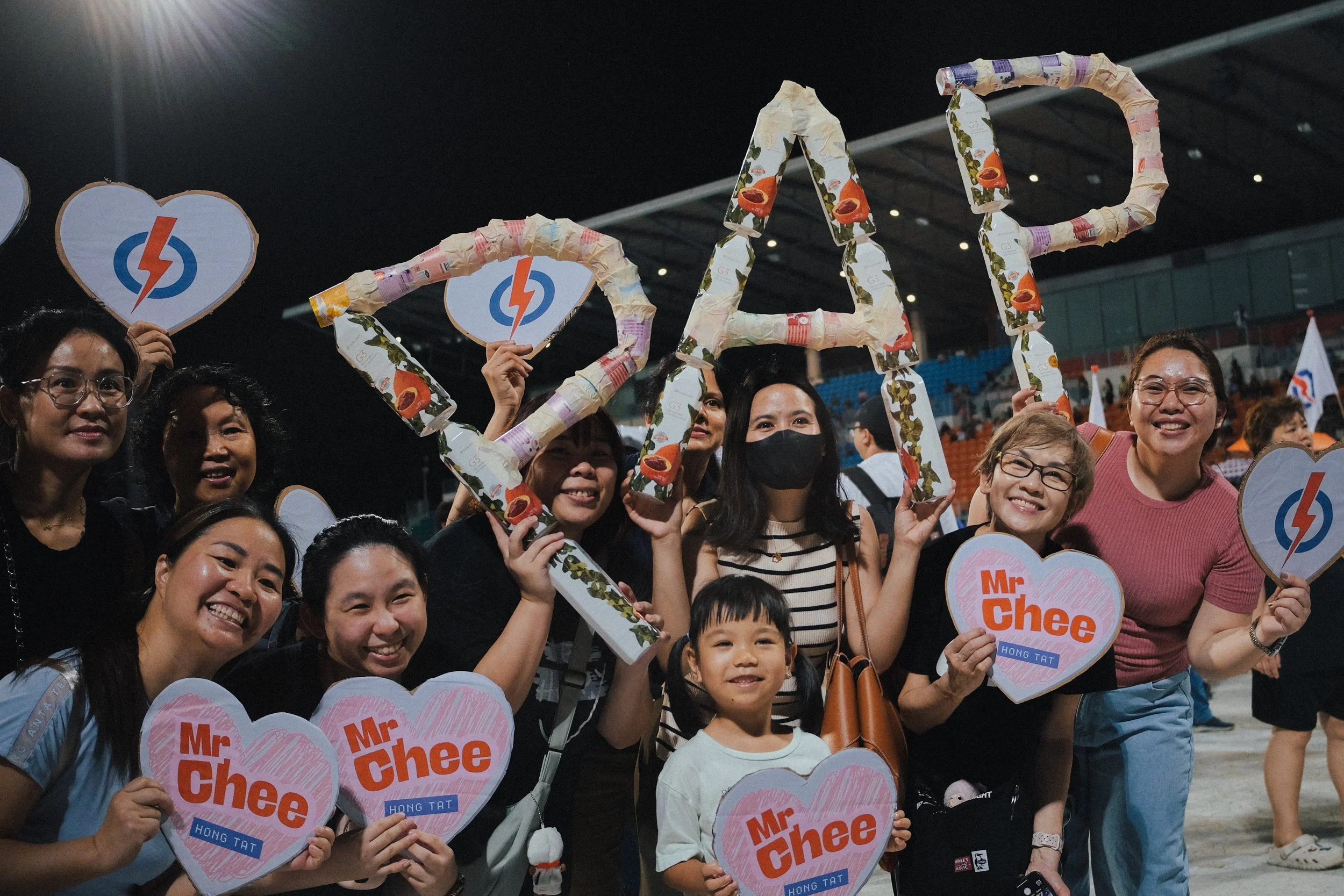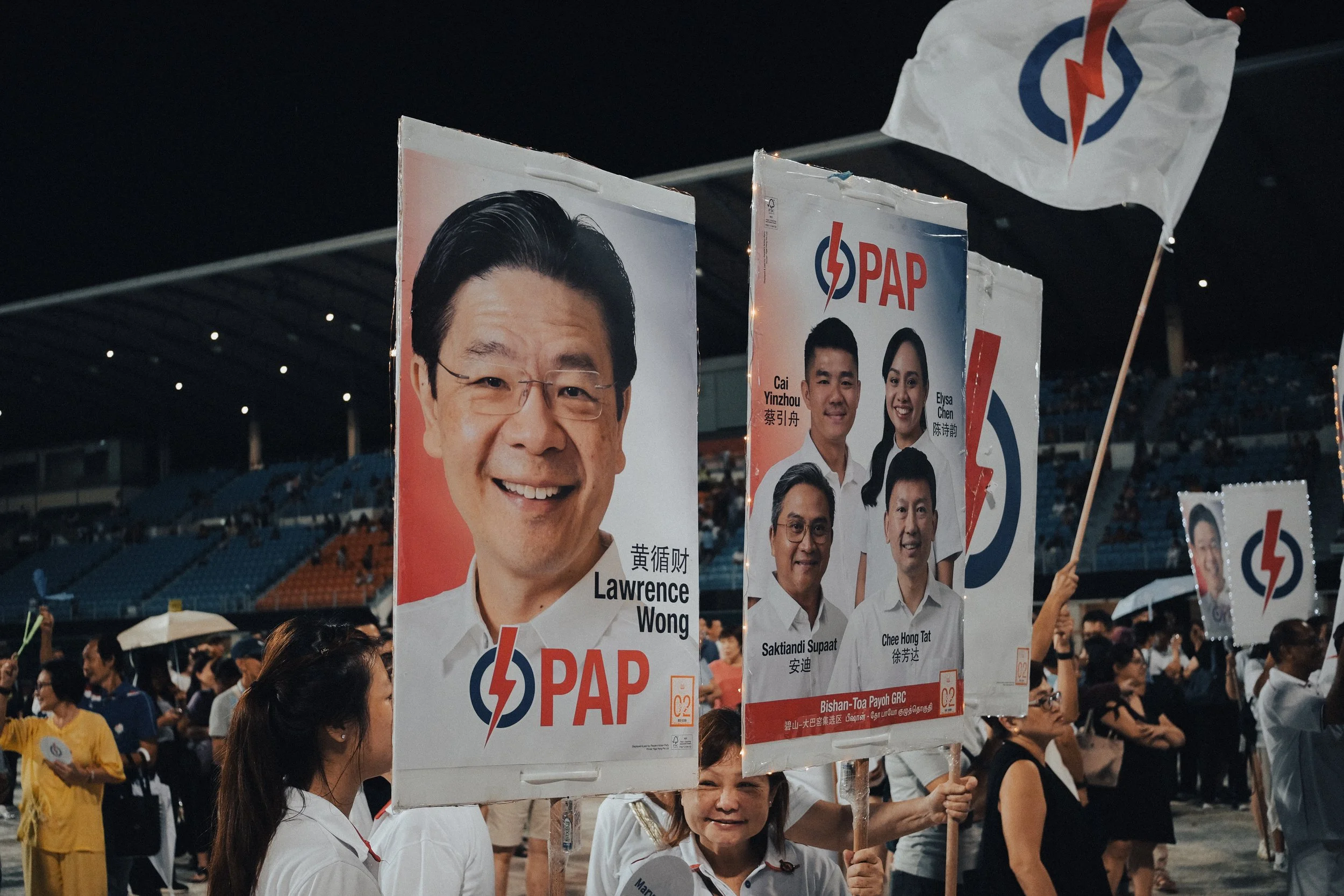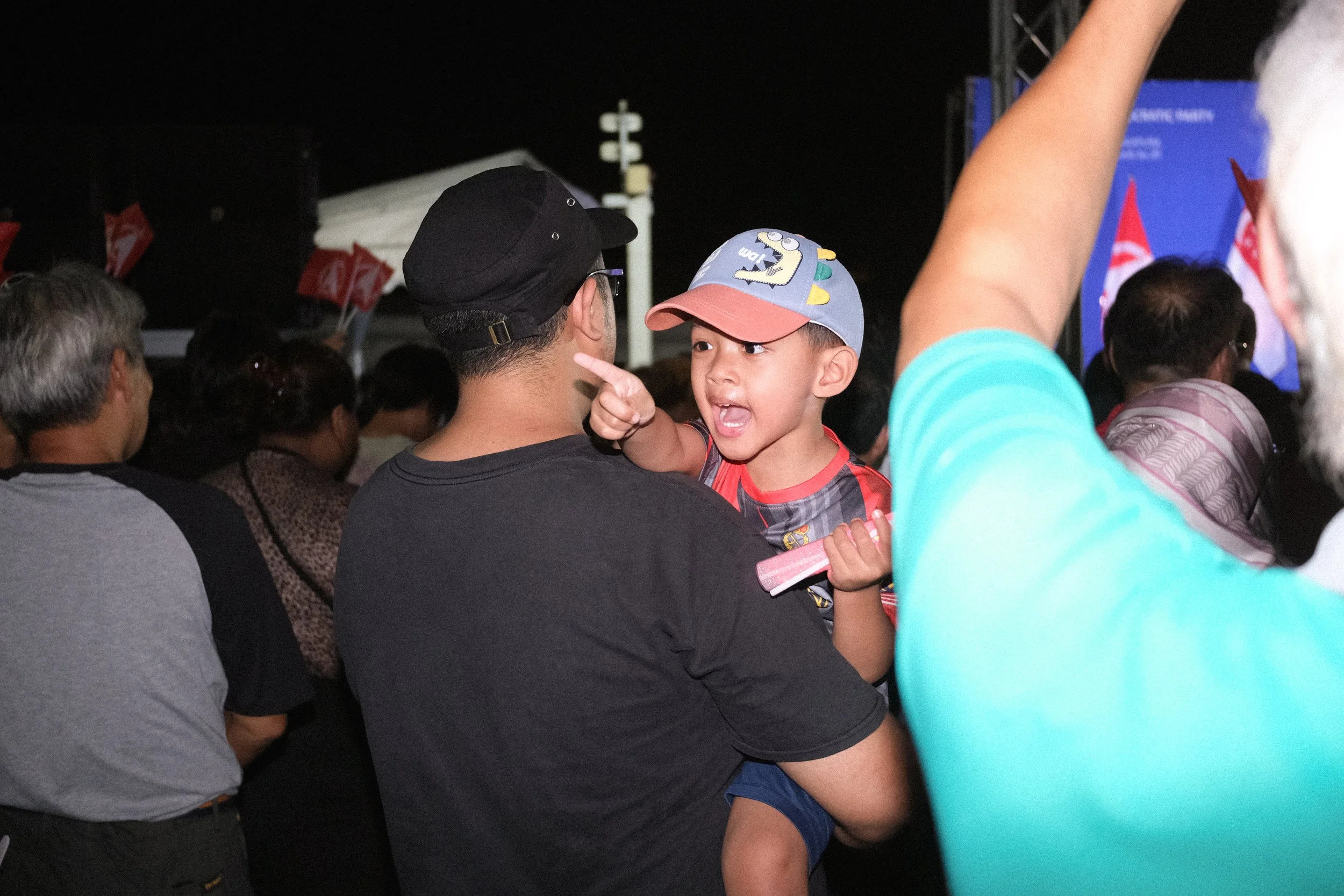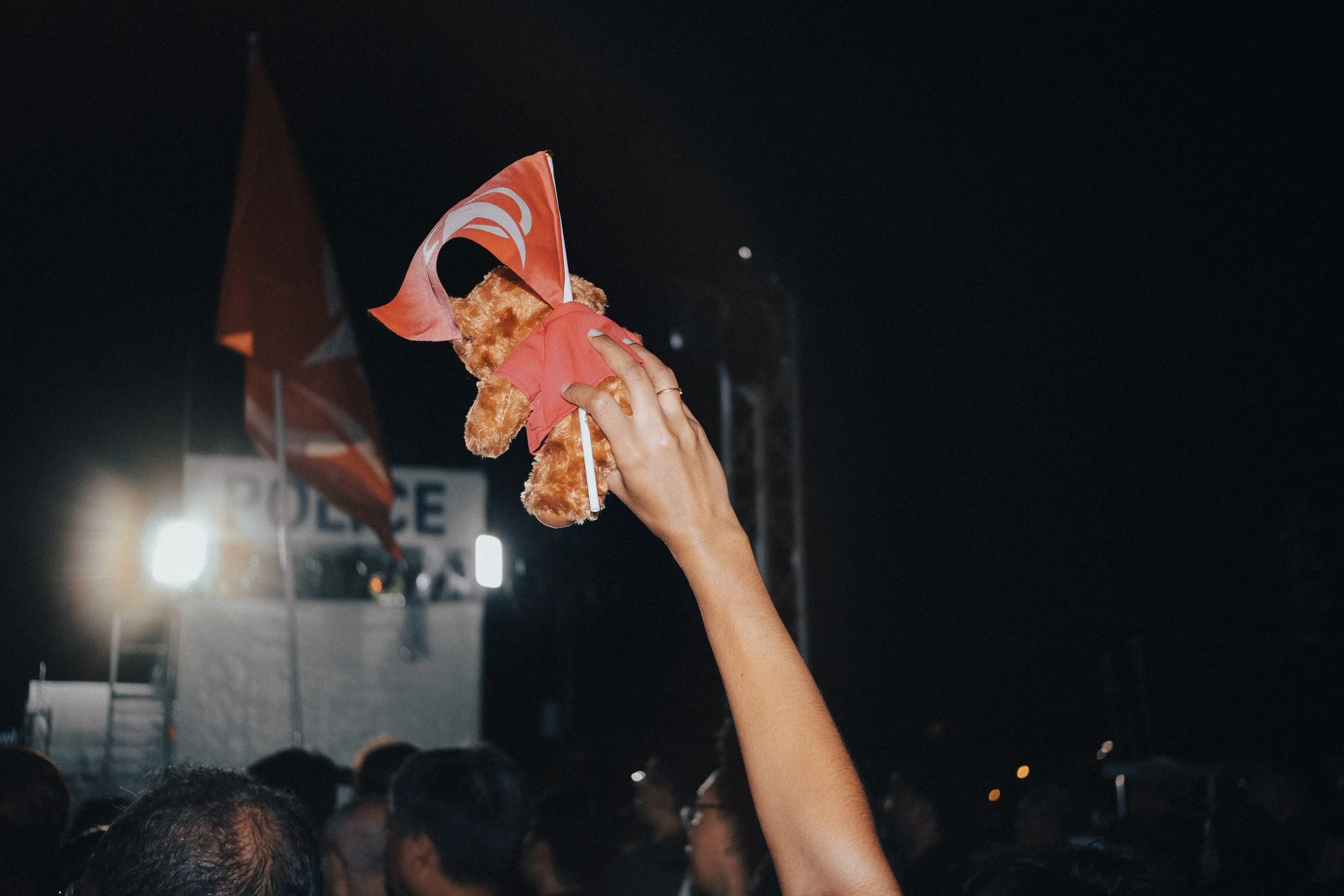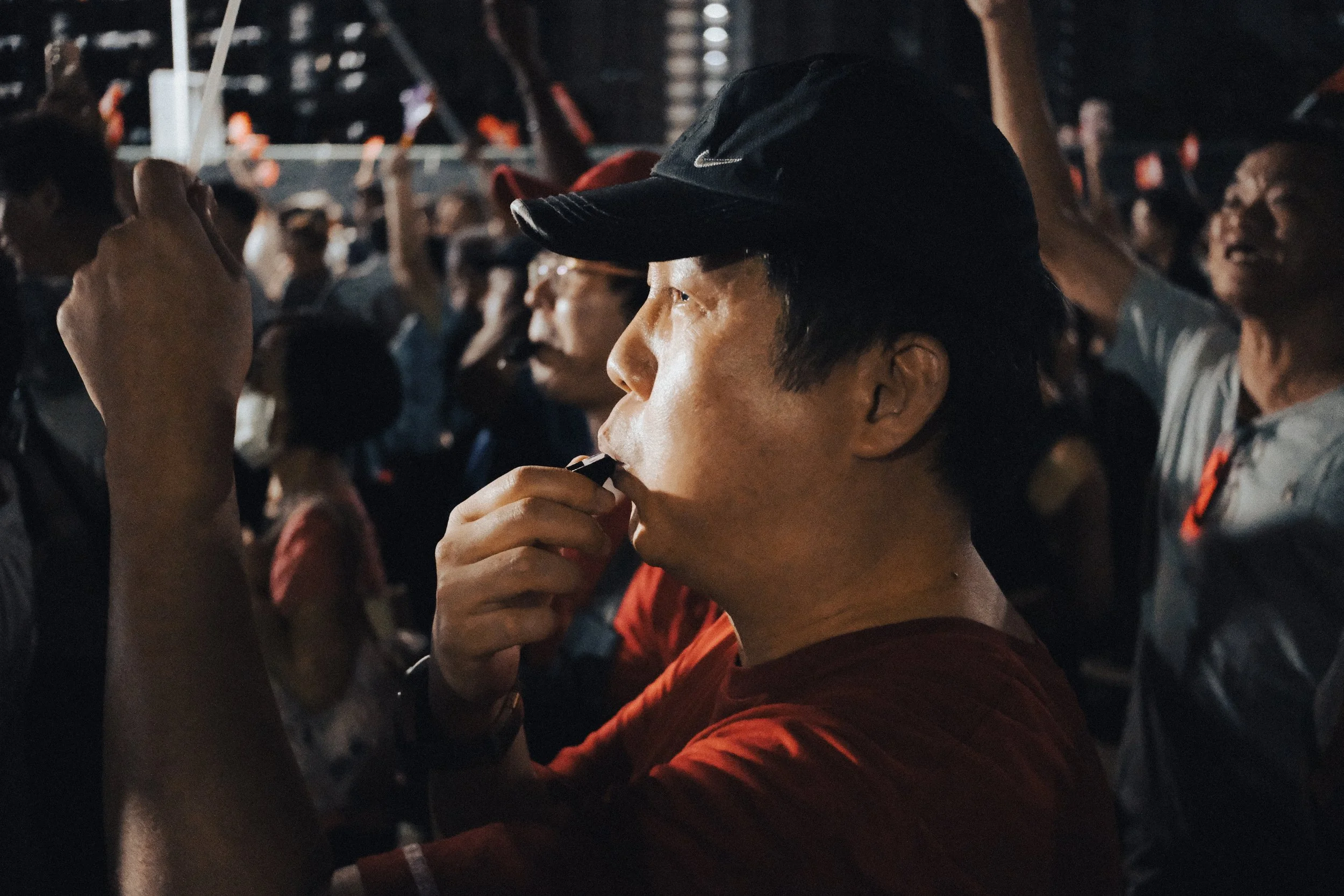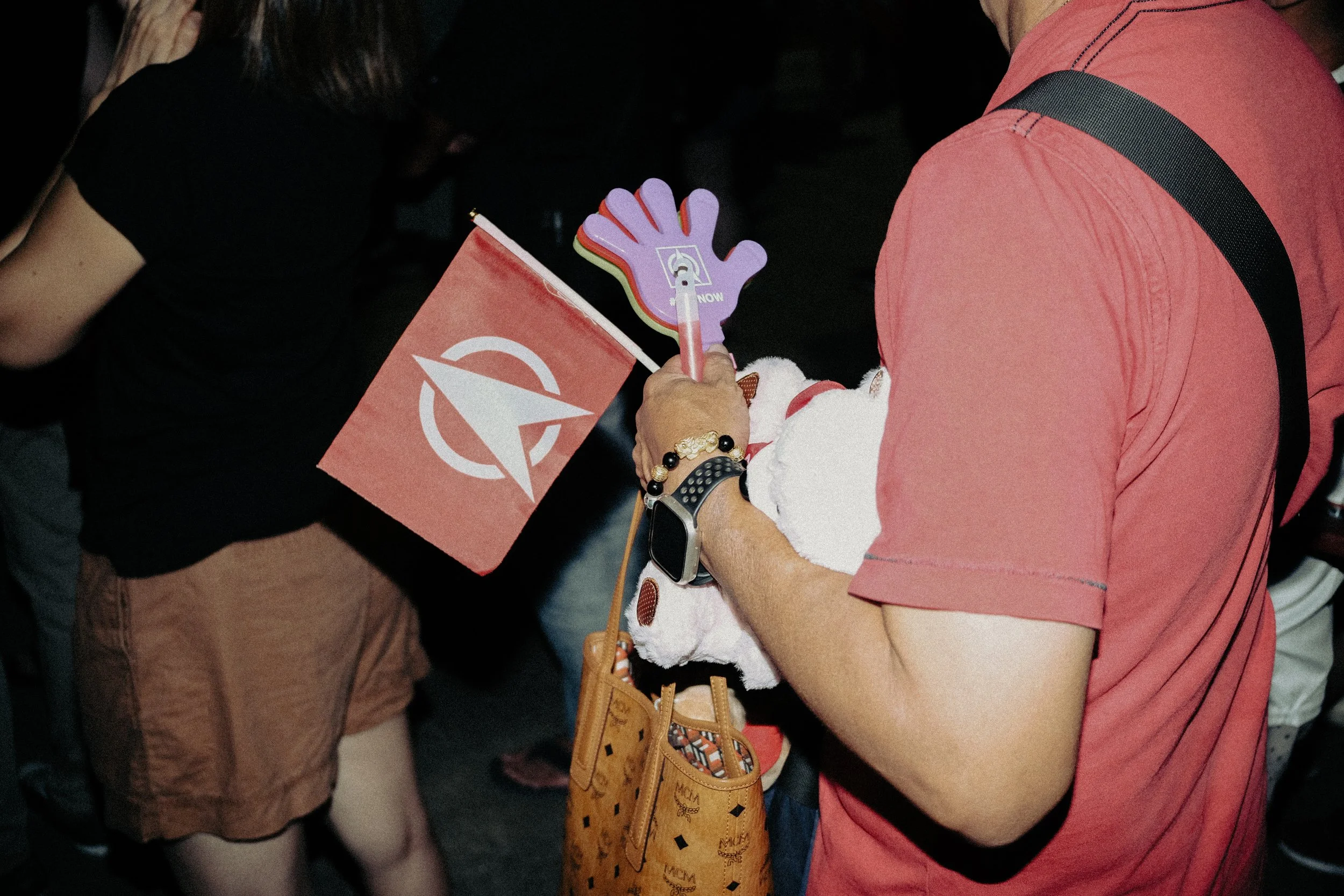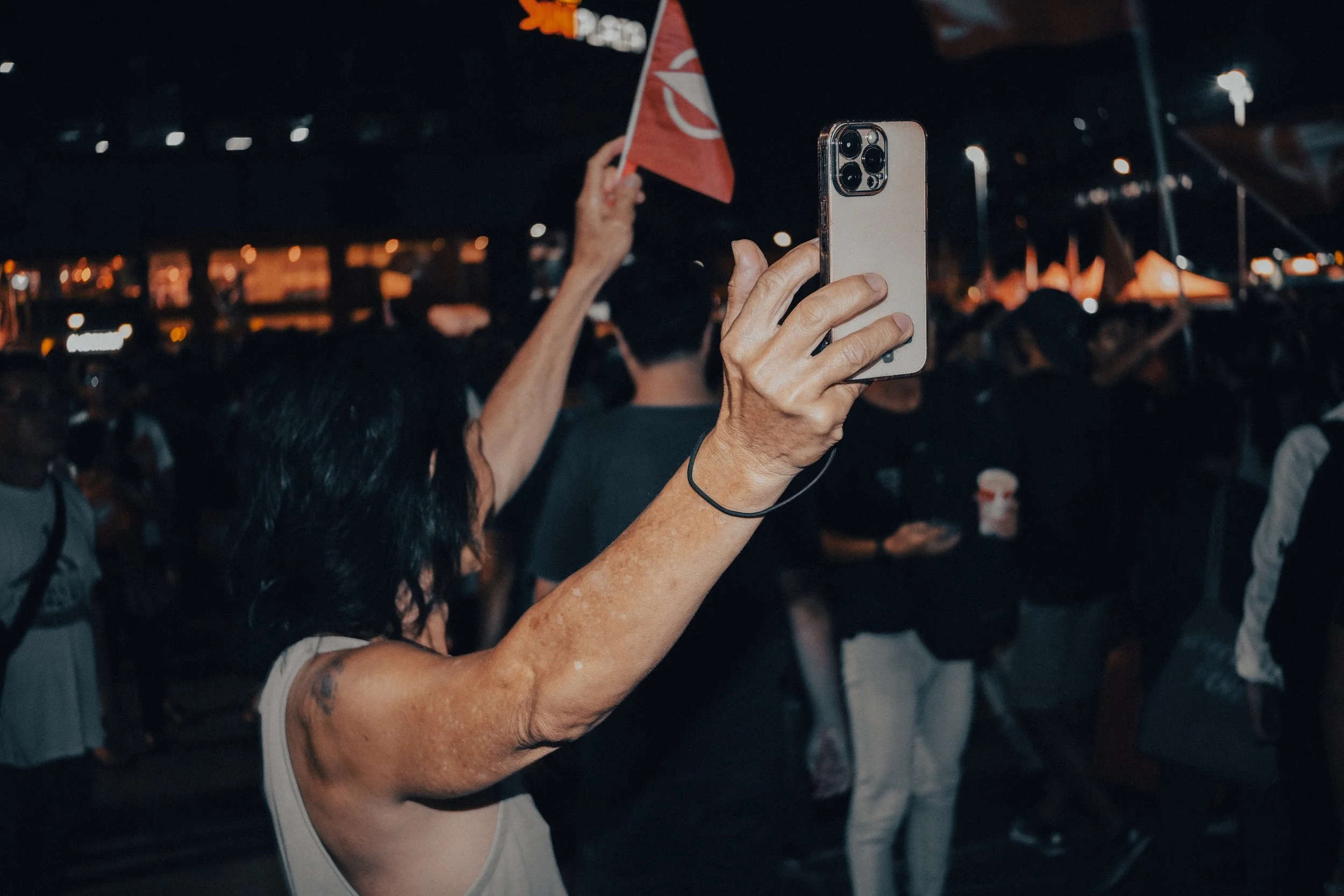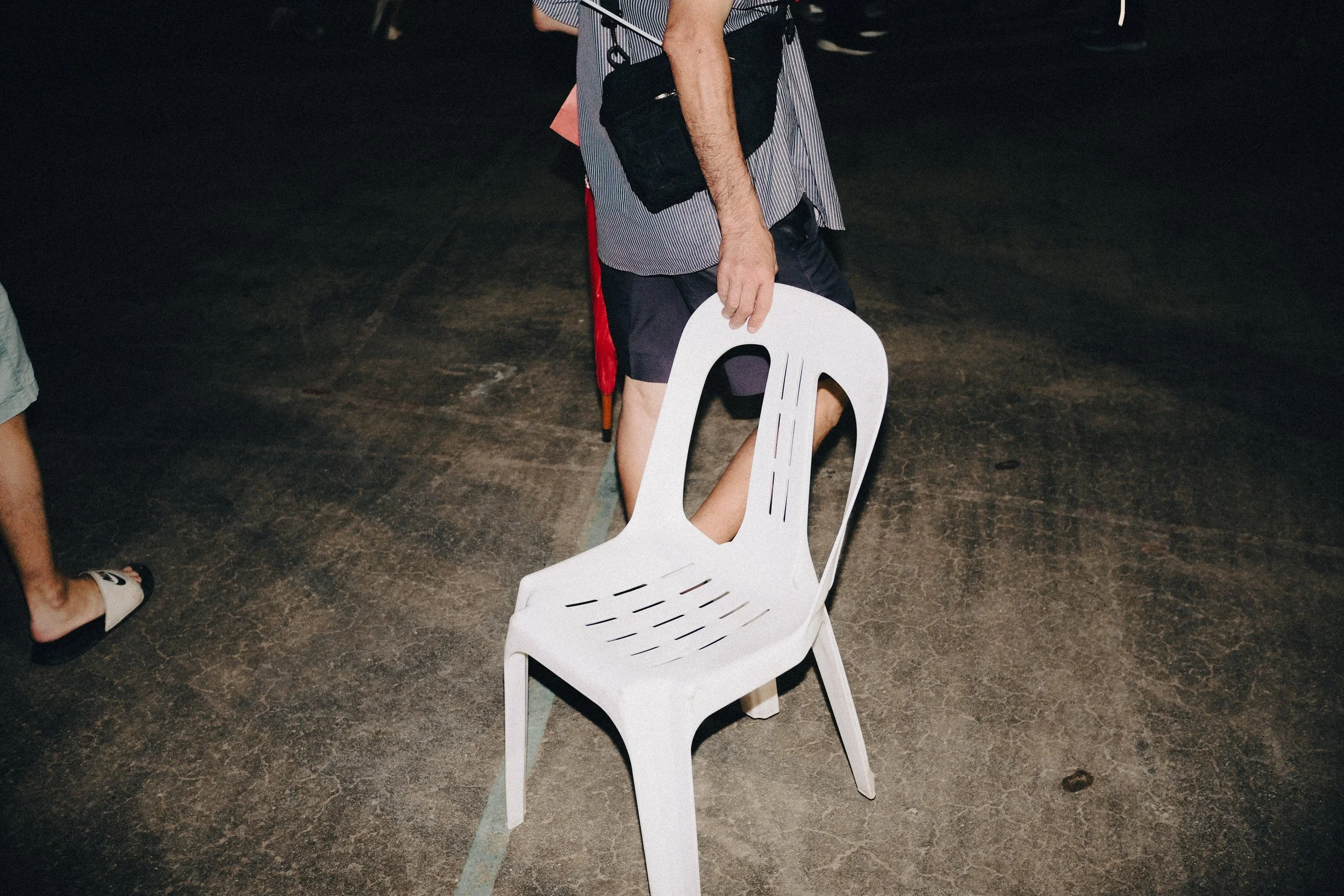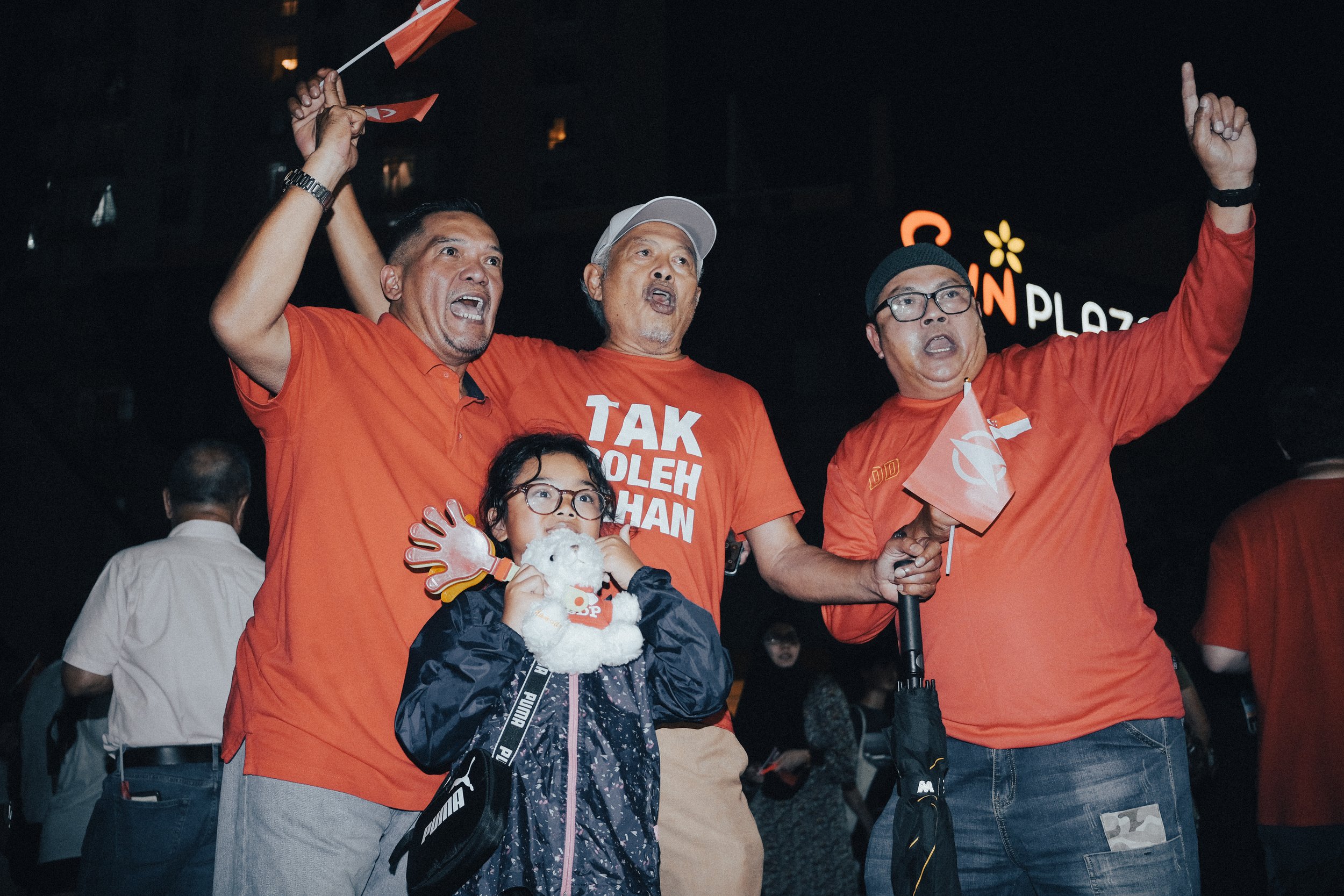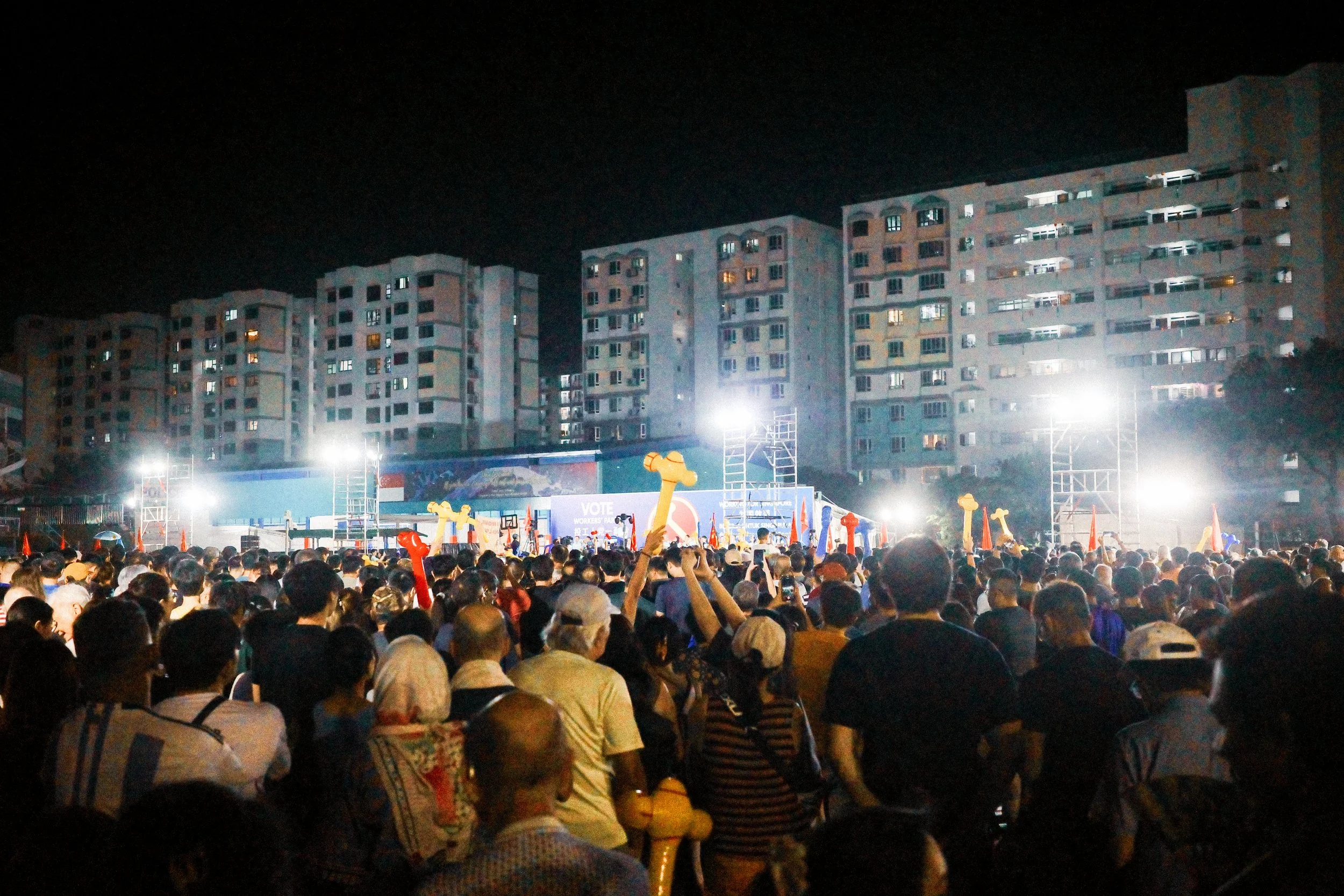The Lion City Decides: A Visual Chronicle
of the General Elections
Singapore’s general elections, held roughly every five years, are a cornerstone of the city-state’s political system, determining the makeup of its 100-seat Parliament. The Elections Department, operating under the Prime Minister’s Office, oversees the process, which employs a first-past-the-post voting system. All citizens aged 21 and above are legally required to vote, a mandate that contributes to Singapore’s consistently high voter turnout. Political parties and independent candidates vie for seats, though the ruling People’s Action Party (PAP) has maintained an unbroken grip on power since 1959.
One of the unique features of Singapore’s electoral system is the use of Group Representation Constituencies (GRCs), alongside traditional Single Member Constituencies (SMCs). In GRCs, voters elect a team of candidates—typically four to five—rather than just one individual. Each team must include at least one member from a minority community, a measure aimed at ensuring racial representation in Parliament. While this model promotes inclusivity, critics argue it presents structural barriers for opposition parties, which often struggle to field large, diverse slates of candidates.
Despite the PAP’s longstanding dominance, recent elections have shown a shift in voter sentiment. The Workers’ Party and other opposition groups have made notable gains, particularly in urban areas, pointing to a desire among some Singaporeans for greater political diversity. However, the broader political environment remains tightly regulated, with strict rules on campaigning, political donations, and media coverage. As Singapore looks toward the future, questions remain about how its electoral system will evolve to reflect a more pluralistic society.
